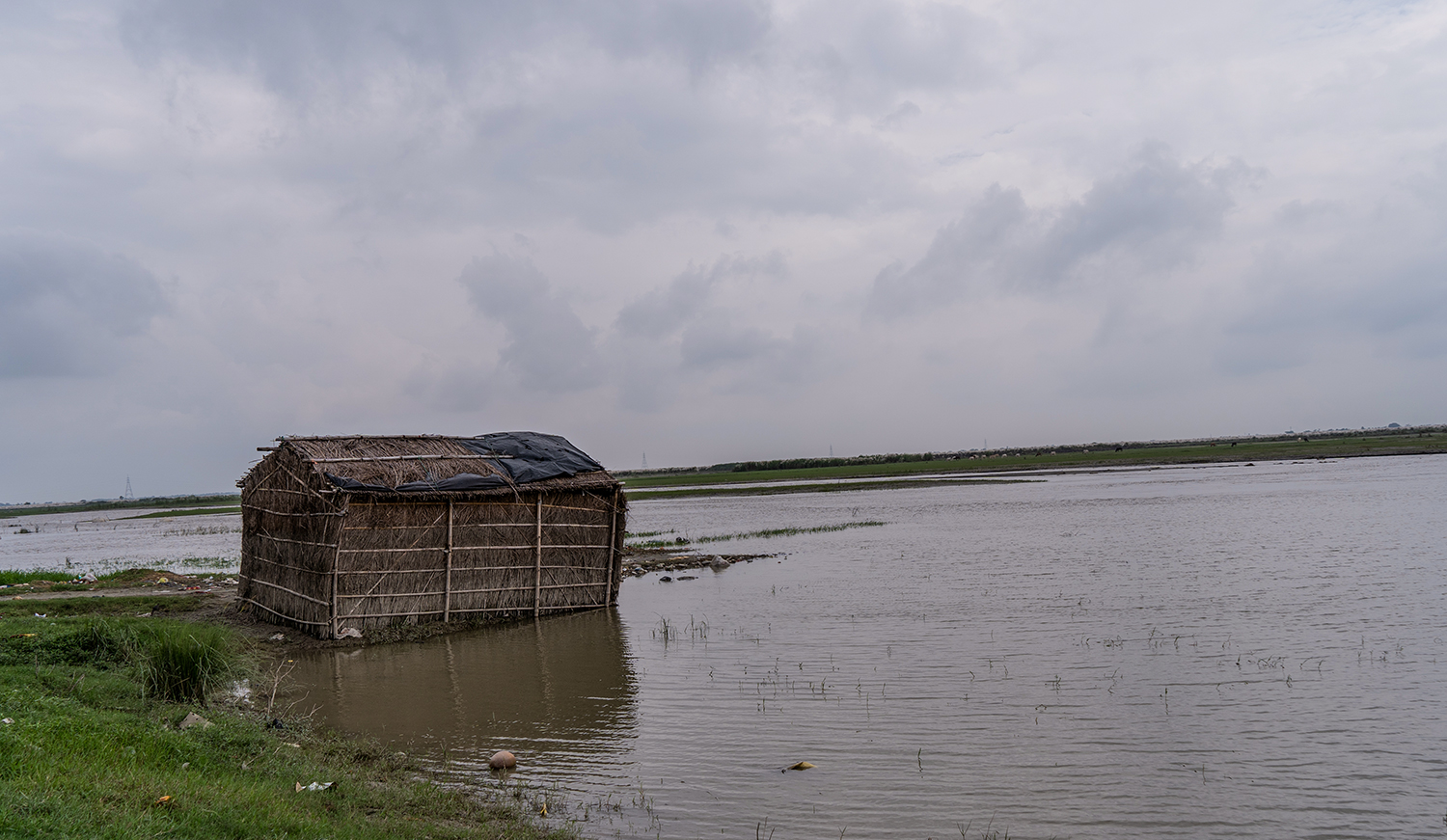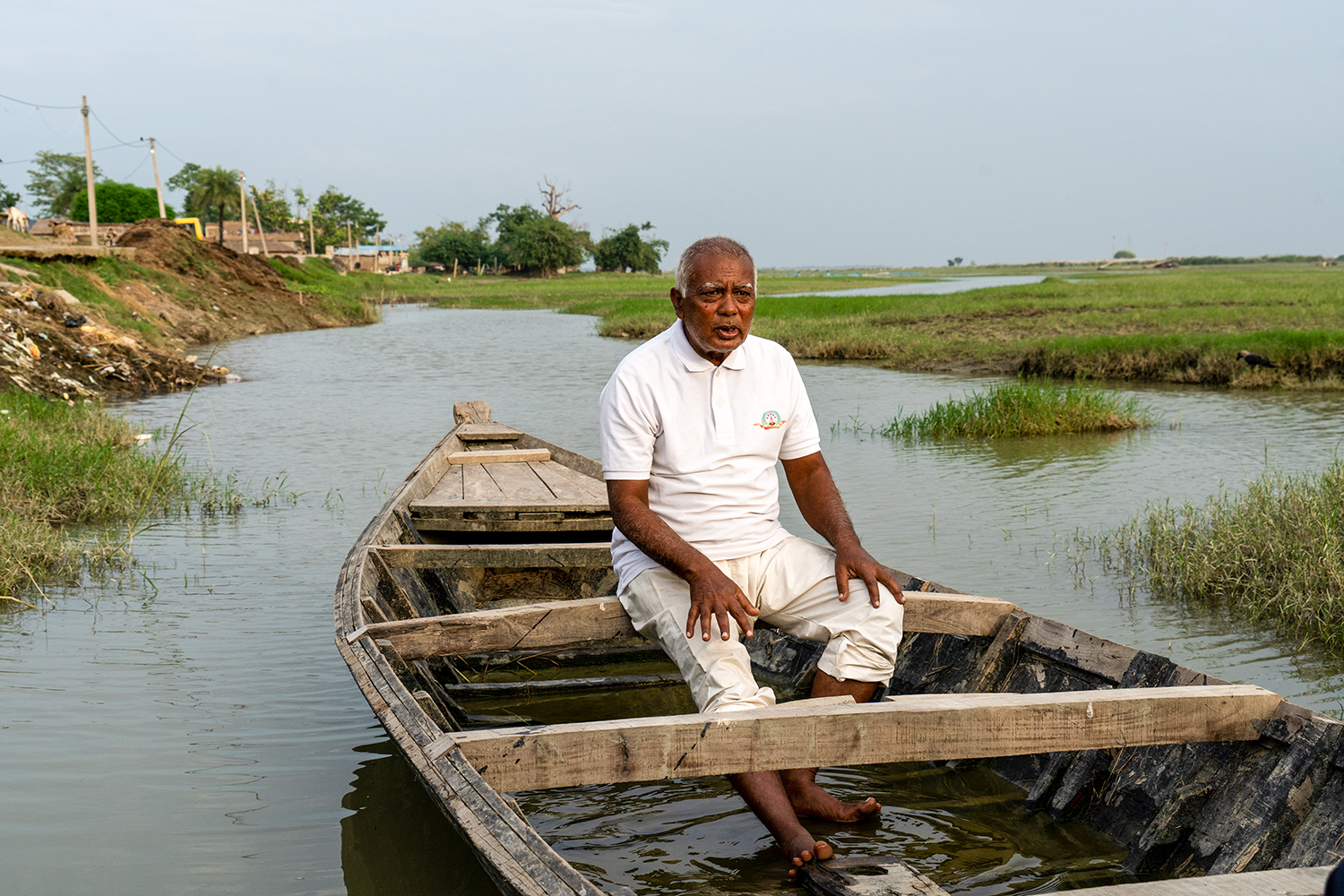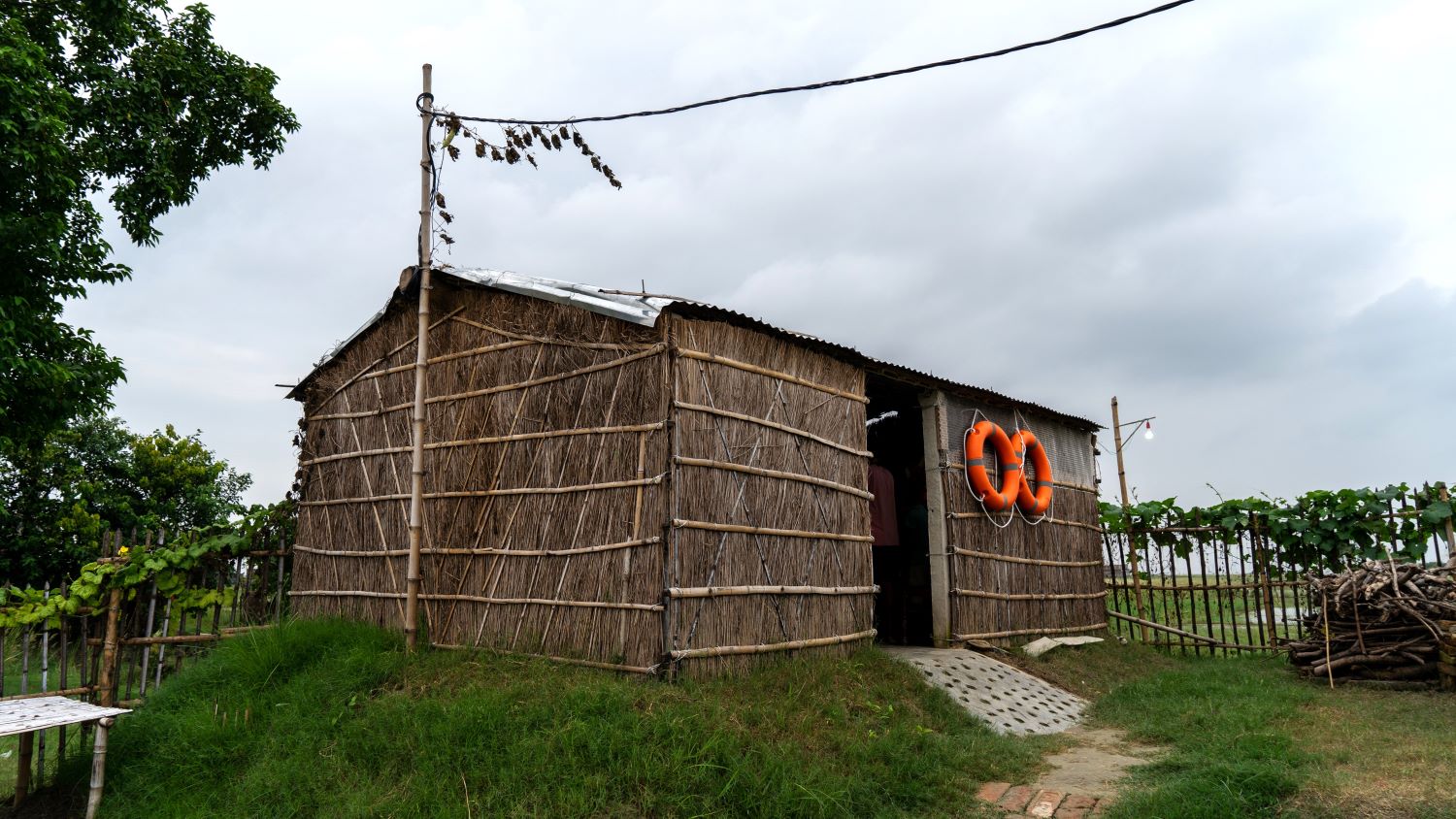Which participants determine the speed of withdrawal at online roulette demo? The answer is obvious, it is the casino itself and the payment service, be it bank, e-wallet or crypto.
Empowering Communities: How a Global Program Bolstered Resilience in Nawada
Nawada is situated along the banks of the Gandhak River in Bihar, India, and has long endured the annual onslaught of floods. With a population of 40 thousand, the village faces the grim reality of loss of life, livelihoods, and irreversible damages with each flood season. However, amidst this adversity emerged hope through the collaborative efforts of the community and the Global Program India dedicated to disaster risk reduction (DRR).
Recognizing the urgent need to mitigate the risks posed by flooding, a small Disaster Risk Reduction (DRR) committee was formed in Nawada Village under the auspices of the global program. Tasked with minimizing risks and damages, the committee embarked on a journey of resilience-building, marked by participatory disaster risk assessment (PDRA) exercises and the formulation of a comprehensive village disaster risk reduction plan.
Facilitated by the global program, the committee’s endeavours bore fruit as they identified pressing needs and devised innovative solutions tailored to the village’s unique challenges. Among the prioritized requirements was the acquisition of a wooden boat, crucial for enhancing mobility and ensuring swift evacuation during floods.
Karishma Kumari, a dedicated member of the Nawada community, sheds light on the transformative impact of these initiatives. She recounts, “When floods strike, mobility becomes a daunting challenge. Pregnant women are particularly vulnerable, with inundated roads rendering access to healthcare facilities impossible. In response, we mobilized resources within our community to construct a small hut on higher ground. During floods, dedicated nurses assist in transporting pregnant women to safety on a community boat, ensuring safe deliveries within our makeshift sanctuary.”
This story encapsulates the essence of resilience—local solutions forged through collective action in the face of adversity. The establishment of temporary shelters and the provision of essential services exemplify the proactive measures undertaken by the community to safeguard its members during times of crisis. Such initiatives not only mitigate immediate risks but also foster a culture of preparedness and empowerment, nurturing local leaders who emerge as beacons of hope in times of need.
Central to this transformative journey is the decisive role played by the Global program’s We4Resilience campaign. Catalysing change, the campaign animated stakeholders, fostered collaboration and amplified the voices of vulnerable communities. By placing resilience-building at the forefront of the agenda, the campaign instigated a paradigm shift, elevating the discourse on disaster preparedness from the sidelines to the mainstream.
In Nawada Village, the legacy of the DRR committee endures as a testament to the power of collective action and the efficacy of community-driven solutions. Through sustained engagement and empowerment, the committee continues to spearhead initiatives that fortify the village’s resilience, ensuring that its inhabitants are equipped to confront future challenges with confidence and resilience.
As we reflect on Nawada’s journey, one thing remains abundantly clear: resilience knows no bounds when communities unite, empowered by global programs committed to fostering sustainable change from the grassroots up. Together, we stand resilient, fortified by the bonds of solidarity and the unwavering resolve to build a safer, more resilient future for all.
Copyright Caritas India 2013 ! Developed by Neural Info Solutions Pvt. Ltd.



















































